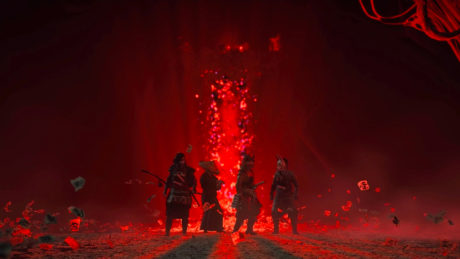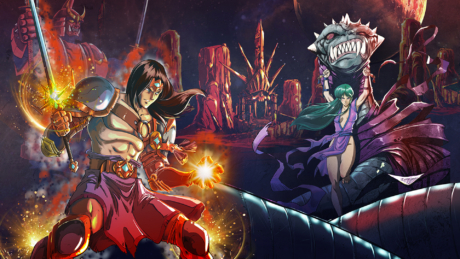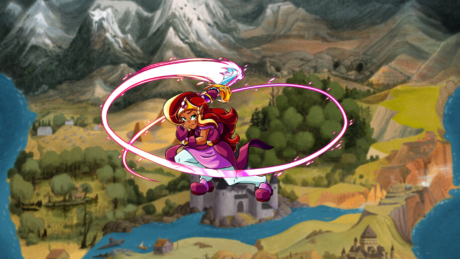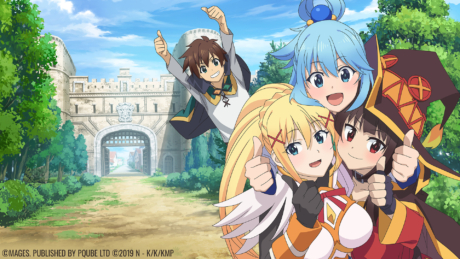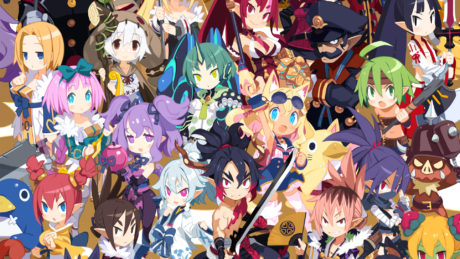Purrr....
- Outstanding visuals
- Compelling story and characters
- Excellent acting
- Entertaining and evolving combat
Hisss!
- Adequate soundtrack
- Lack of bonus features
Platform
PlayStation 4Publisher
Sony Interactive EntertainmentDeveloper
Sucker Punch ProductionsGenre
Action, Adventure, StealthPlayers
1 (offline), 2-4 (online)File Size (Minimum)
31.3 GBRelease Date (NA)
Jul 17, 2020Filed Under
It’s such an exquisite delight when something actually lives up to the hype. Ghost of Tsushima, one of the year’s most talked about games, manages to exceed the hype while making it look effortless. High production quality coupled with emotional, compelling storytelling has resulted in one of the best, open world, action-adventure games available for the PlayStation 4.
The Samurai Ghost
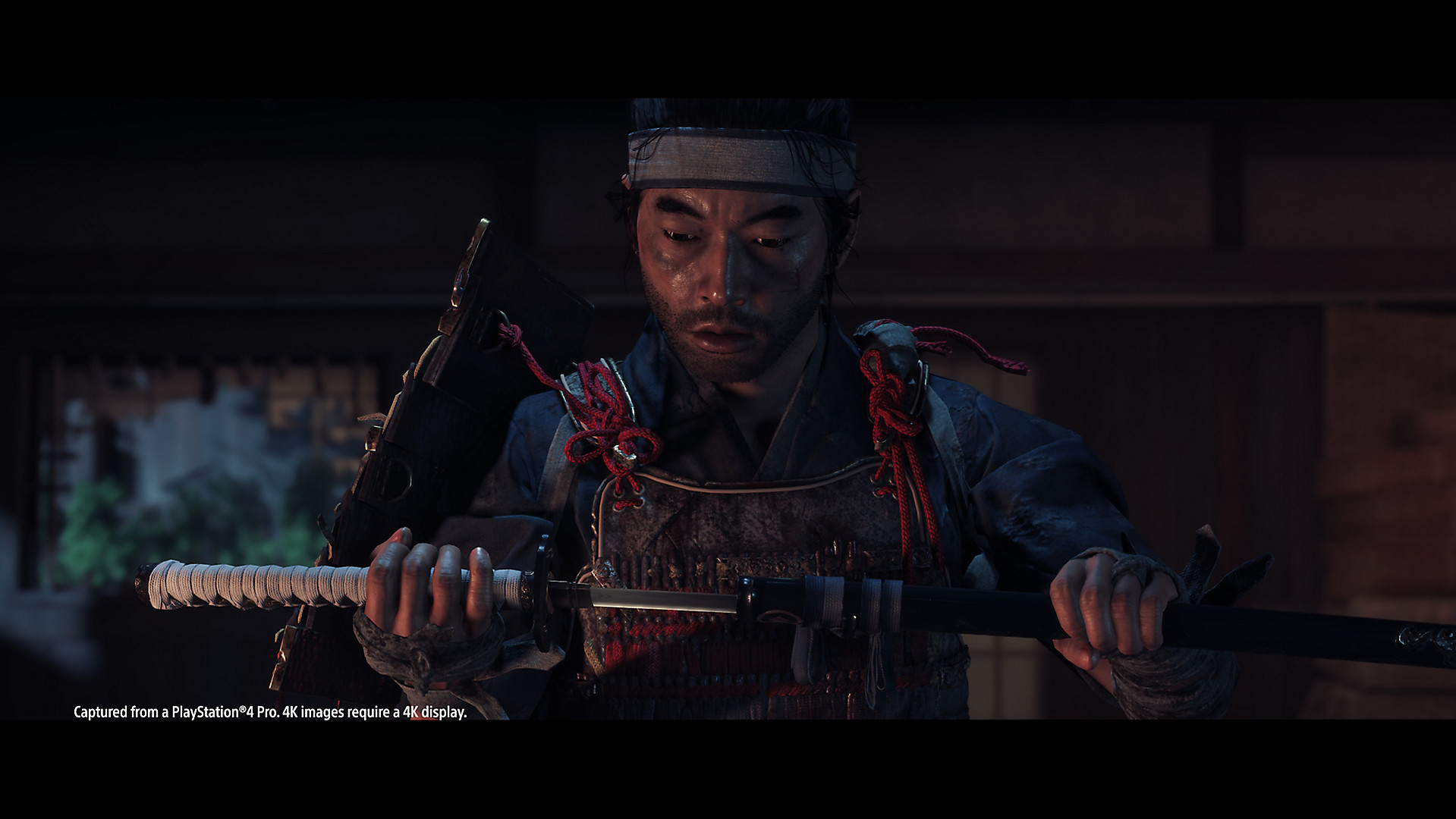
Ghost of Tsushima is a work of historical fiction, set on Japan’s Tsushima Island in 1274. Our protagonist, samurai Jin Sakai, is duty bound to defend his land from the Mongol invasion. Through a combination of fighting techniques and tools, stealth, and exciting duels, the player battles their way through a series of intertwining quests to liberate the island from evil invaders and opportunistic bandits.
A Samurai’s World

Every element of Ghost feels like it was created with care and forethought. The landscapes are astounding. Golden forests, quiet cemeteries, and tranquil, water lily covered ponds are scenic highlights in a resoundingly beautiful game. The characters and stories are equally engaging, with realistic motivations and reactions, not all of them altruistic. The voice acting is top notch, with developer Sucker Punch employing talented Asian and Asian-American actors to fill the roles. (There is a Japanese audio option, but reading subtitles while in combat can prove slightly difficult.) Excellent writing and Daisuke Tsuji’s brilliant acting allow hero Jin to walk the fine line of being a compassionate killer. Fans of Japanese culture will revel in the small details of the game, like composing haiku by a picturesque lake or paying respects at Shinto shrines.
The open world aspect of Ghost is one of the most appealing aspects of the game. It’s easy to bounce around in the ever-expanding list of quests (fast traveling makes this convenient), or the player can start on one end of the island and start walking in their chosen direction. (The island’s sea borders provide natural limitations.) This helps to control the intensity of game play. You can spend a whole evening chasing adorable foxes and lounging in misty hot springs, or you can run encampment to encampment, engaging in endless Mongol bloodshed.
Traveling between quest markers is easy, as a guiding wind provides a visual aid, and interesting encounters continually invite the player to diverge from their current task. Your customizable horse allows you to travel more quickly, and interactions with it provide glimpses of Jin’s gentler side. Occasionally, the sheer amount of possible quests and undiscovered locations can start to feel a bit overwhelming and chorelike. Therefore, it’s up to the player to prioritize missions, as the game does minimal work to urge you in any particular direction.
The Way of the Samurai

Combat in Ghost remains entertaining throughout the game. This is due to the fact that it is continually evolving. Foes get significantly tougher and faster as the game progresses, and the player is rewarded with new sword fighting techniques and items (throwing knives, smoke bombs, etc.) that are fun to explore and master. Boss battles usually take the form of duels, where the player must test their melee skills against a single opponent, or exciting, large-scale battles with swarming hordes. Stealth attacks are available, and sometimes mandatory for success, but the speed of battle is largely dictated by the player.
The controls are complex but intuitive, allowing the player to quickly and easily access a variety of mini-menus (throwing weapons, arrow type, warrior stances) mid-battle. The main menu, where character upgrades and inventory are managed, is easily accessible and conveniently defaults to the map. The combat visuals, like the rest of the game’s aesthetic, are superb, as Jin slices and dices his way through the opposition.
The Samurai Beat

One small detraction from Ghost is the music. While entirely adequate, the grandeur of the game isn’t matched by the soundtrack. Epic battles call for equally epic music, and this is one aspect that falls a little short. Additionally, the base game lacks extra features like a behind the scenes featurette and concept art.
Players familiar with the game will be excited to hear that Sucker Punch has already announced Ghost of Tsushima: Legends for fall 2020. This DLC will be a multiplayer co-op using the existing combat system but with new characters and classes.
The Samurai’s Final Cut
Ghost of Tsushima is a beautiful and satisfying game. While it doesn’t feel like a revelation in innovation, it’s an improvement of existing models. We’ve already experienced the joys of the open world concept, but Ghost takes everything we’re familiar with and does it better.
A purchased copy of Ghost of Tsushima was purchased for this review. The game is available now for the PlayStation 4.


